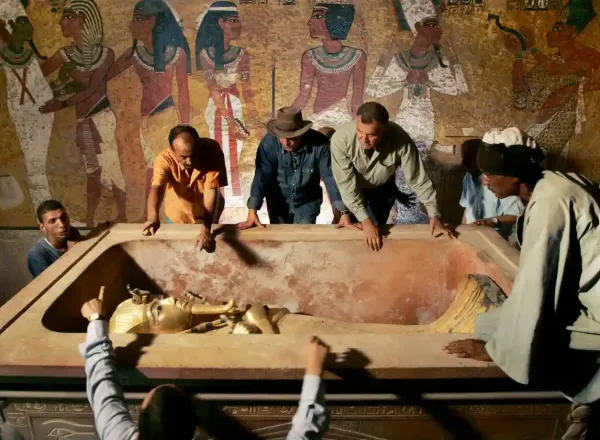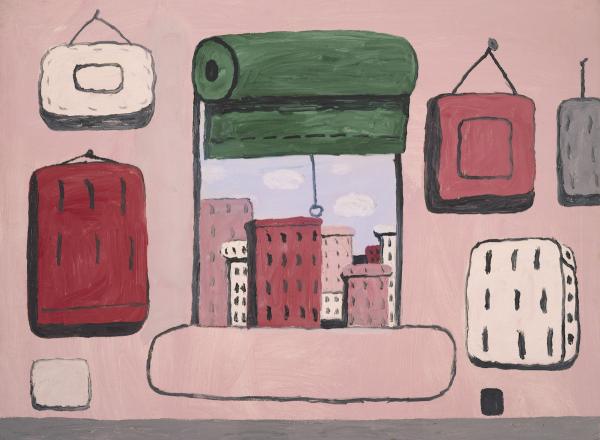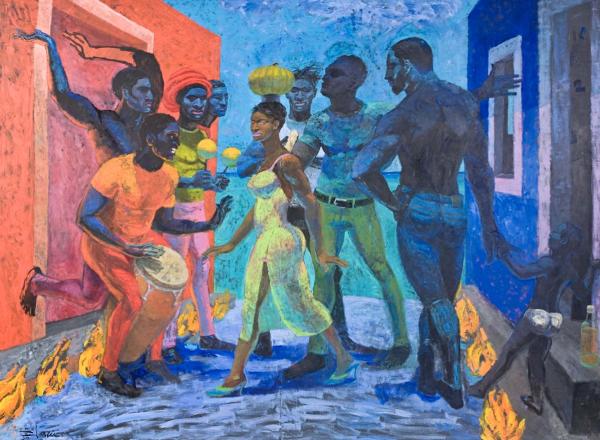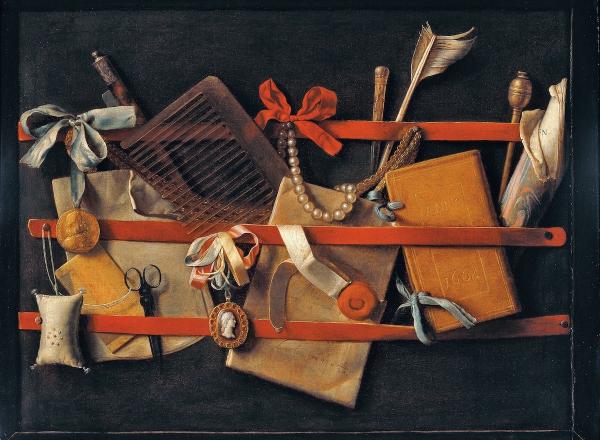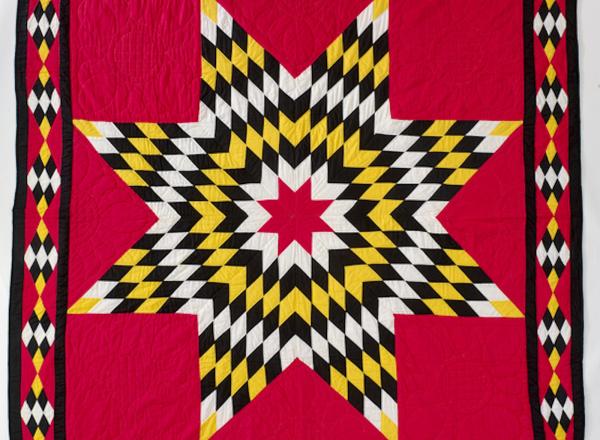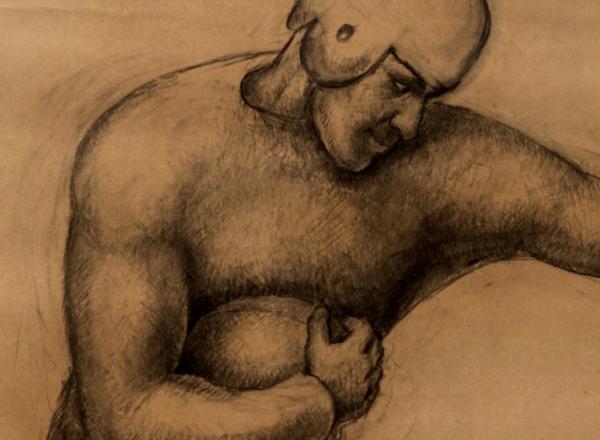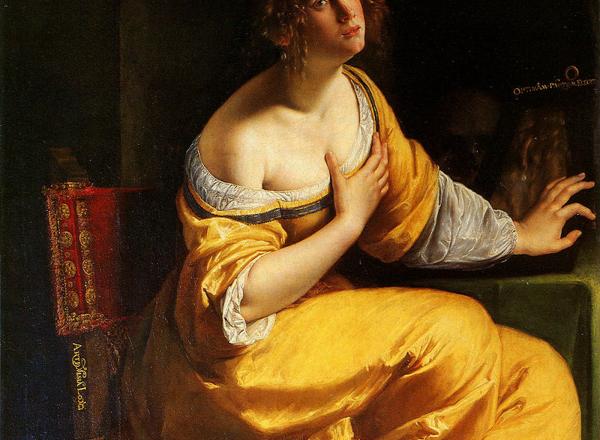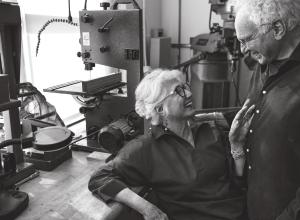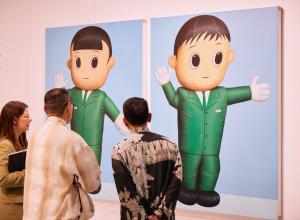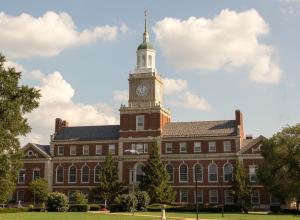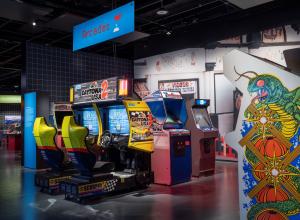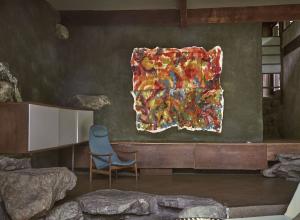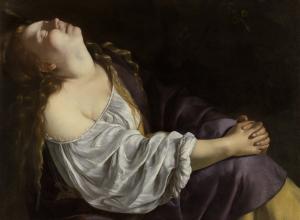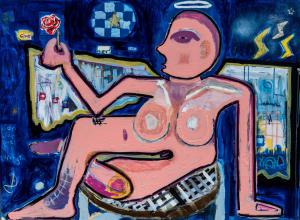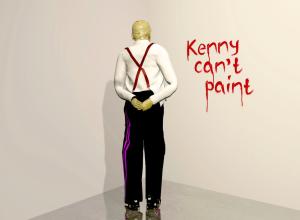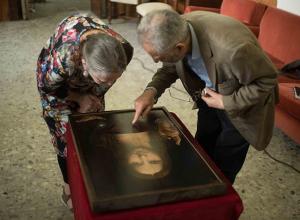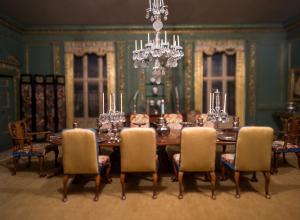“Leda and the Swan,” a sonnet by W. B. Yeats, begins: “A sudden blow: the great wings beating still/Above the staggering girl, her thighs caressed/By the dark webs, her nape caught in his bill, /He holds her helpless breast upon his breast.” This moment of sexual violation inflicted on Leda by the god Zeus has inspired painters and sculptors for centuries.
Art News
A recent discovery of hidden hieroglyphics in the ancient Egyptian tomb of King Tutankhamun could lead to the findings of Nefertiti’s body and burial chamber.
Gustav Klimt (1862-1918) was born and died in Vienna, where he helped found the Vienna Secession, a contemporary art movement closely related to Art Nouveau. He received formal training at the Vienna School of Arts and Crafts.
Philip Guston was one of the most courageous and controversial painters to come out of the New York School of Abstract Expressionism. Critics called the 1950s Guston’s “mandarin” (influential) years. For years, he’d been creating paintings that were abstract and lush. Suddenly, he deviated, yearning to break free.
On Sunday, September 18th, Hurricane Fiona slammed into Puerto Rico with devastating effects. With over two feet of rain causing mudslides and destroying homes, Fiona has left Puerto Ricans without electricity, water, and shelter, bringing back agonizing memories of another storm, Hurricane Maria, that hit the island almost five years prior in 2017.
A fascinating thing about our eyes is their ability to deceive us. From how our visual system and brain perceive an image in front of us, the optical illusion prevails. Imagine you stroll down a cement sidewalk and stumble upon what appears to be a massive gap. You’ll most likely back up, blink a few times, and suddenly that enormous ditch evolves into a complex sketch manifested out of colored chalk.
Folk art reflects the stories of survival and heritage among often underrepresented peoples. Its distinction as being a separate entity from fine art was originally due to the class structure of European society since it was classified as “an expression of the common people” in 1932 by Holger Cahill, then-director of the MoMA.
From honorary sculptures that celebrate athletic valor, to Realist portraits that humanize individual team members, to Abstract prints that raise uncomfortable questions about violence and pain, the following seven artists prove that this American cultural phenomenon is ripe for increasingly-diverse artistic engagement.
Artemisia Gentileschi (1593-1653) was born in Rome and died in Naples, by which time she was arguably considered one of the most significant Italian Baroque painters. At the age of seventeen, Gentileschi was sexually assaulted which some scholars suggest explains the dramatic nature and subject matter of her art.
Those original 176 emojis covered themes like weather, modes of transportation, sports, technology, and of course, emotions. But if you’re thinking emojis get their name from the “emo” in emotion, you would be wrong—According to MoMA, “e” meant picture, while “moji” meant character.





